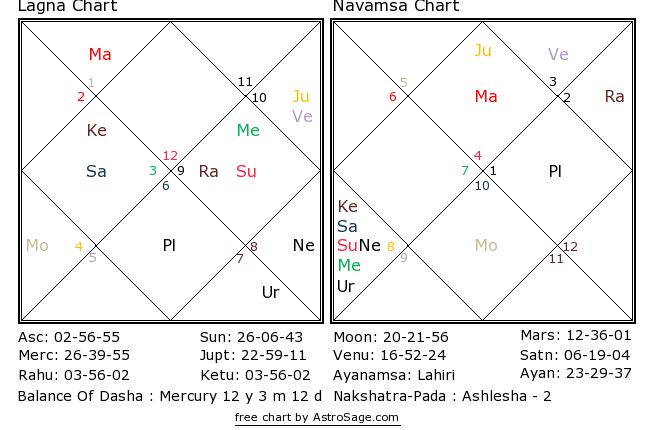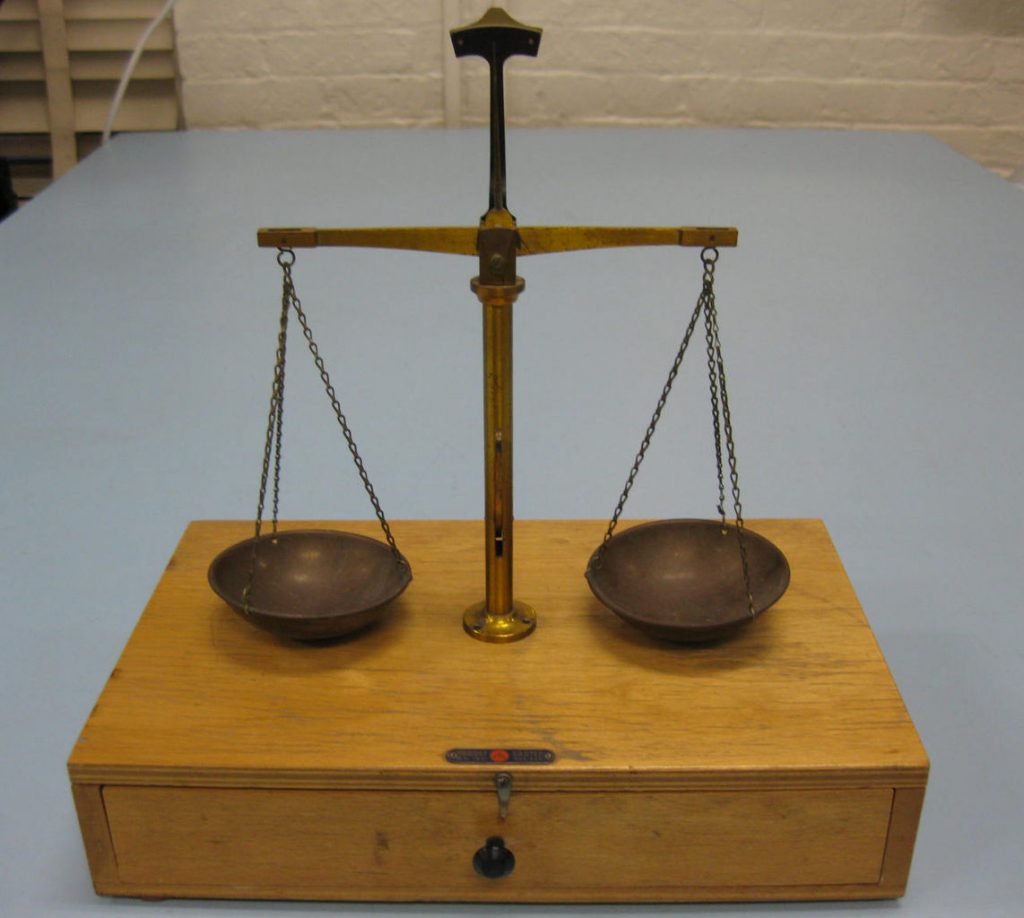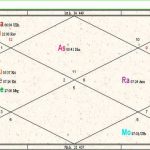In Vedic astrology, there are specific quantitative measures of a planet’s strength. These values show how strong the planet is and what capacity it has to give good results during its time periods such as the Dasha and Antardasha. Different systems of astrology use different calculations. However, the underlying principle is the same. Astrologers also have their own personal preferences for a certain computation of strength. The Vimsopaka Bala is one measure of the planet’s strength to give good results.

Divisional Charts
We derive divisional or Varga charts from the finer details of a birth chart. These Varga charts are studied to understand the finer nuances of the planet and their actual strength to give results in different areas of life. The divisional charts for each aspect of life are different. The most commonly known of all the divisional charts is the D9 or the Navamsa.
The Varga charts or divisional charts are also studied to compute the strength values of the planets. There are different types of divisional chart schemes. The Shad Varga scheme used six divisional charts. The Sapta Varga uses only seven of the charts, the Dasa Varga uses ten and the Shodasa Varga uses sixteen divisional charts.

Chart Weightage
Rishi Parashar has given different weightage to each of these divisional charts depending on the scheme of Vargas that are used to calculate the Vimsopaka Bala. It is a way of very precisely judging a planet. The better the score that the planet gets in Vimsopaka Bala, the better its results in its time periods as well as sub periods. The maximum score possible in all the different schemes is twenty. This score is called Swaviswa.

Shad Varga
For the scheme that uses six charts, Rishi Parashar gives points as follows:
D1 or Rashi Chart – 6
D2 or Hora – 2
D3 or Drekanna – 4
D9 or Navamsa – 5
D12 or Dwadamsa -2
D30 or Trimsamsa – 1
Sapta Varga
The Sapta Varga Vimsopaka Bala calculation uses seven charts.
D1 or Rashi Chart – 5
D2 or Hora – 2
D3 or Drekanna – 3
D7 or Saptamsa – 1
D9 or Navamsa – 2.5
D12 or Dwadamsa – 4.5
D30 or Trimsamsa – 2
Dasa Varga
The Dasa Varga scheme as the name indicates is the calculation of the Vimsopaka Bala using ten divisional charts. The charts that are used are
D1 or Rashi Chart – 3
D2 or Hora – 1.5
D3 or Drekanna – 1.5
D7 or Saptamsa – 1.5
D9 or Navamsa – 1.5
D10 or Dasamamsa – 1.5
D12 or Dwadamsa – 1.5
D16 or Kalamsa – 1.5
D30 or Trimsamsa – 1.5
D60 or Shastiamsa – 5
Shodasa Varga
This is the scheme that uses the maximum number of divisional charts for the Vimsopaka calculation. The sixteen charts that are used are:
D1 or Rashi Chart – 3.5
D2 or Hora – 1
D3 or Drekanna – 1
D4 or Turyamsa – 0.5
D7 or Saptamsa – 0.5
D9 or Navamsa – 3
D10 or Dasamamsa – 0.5
D12 or Dwadamsa – 0.5
D16 or Kalamsa – 2
D20 or Vimsamsa – 0.5
D24 or Chatur Vimsamsa – 0.5
D27 or Bhamsa – 0.5
D30 or Trimsamsa – 1
D40 or Khavedamsa – 0.5
D45 or Akshavedamsa – 0.5
D60 or Shastiamsa – 4
Planet Placement
Another factor that is studied for the strength of the planet is the Rashi that it is placed in. The planet gets points based on the lord of the house or Rashi that it is placed in. The points are as follows and are called Varga Viswa.
Own House – 20
House Of Great Friend – 18
House Of Friend – 15
Neutral House – 10
House Of Enemy – 7
House Of Great Enemy – 5

Planetary Relationships
Planets have three types of relationships. They are the natural relationship or Naisargik Sambandha, temporary relationship or Tatkalik Sambandha as well as the Compound Relationship or Panchadha Sambandha. The calculation of the Vimsopaka Bala uses only the compound relationship between the planets.
Calculation of The Complete Vimsopaka Score
The net Vimsopaka score that a planet gets is calculated by a formula. The Swa Viswa score is multiplied with the Varga Viswa score and then divided by 20.
If the net Vimsopaka score is less than five the planet will give bad or inauspicious results in its time period. A score that is between 5 and 10 indicates average results while a score of 10 to 15 gives good results. The planet that has a Vimsopaka score above 15 gives the best results.








